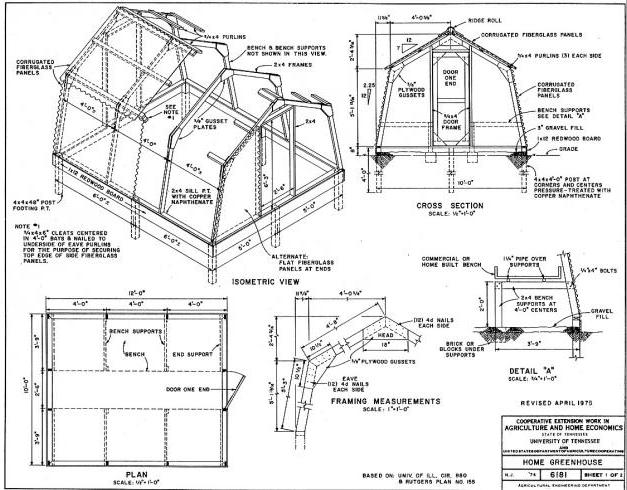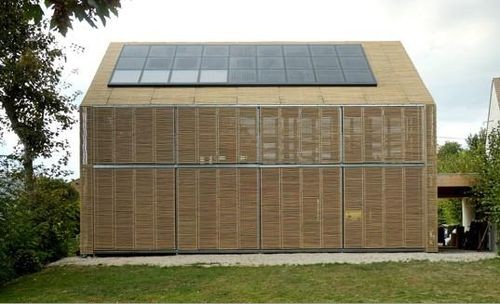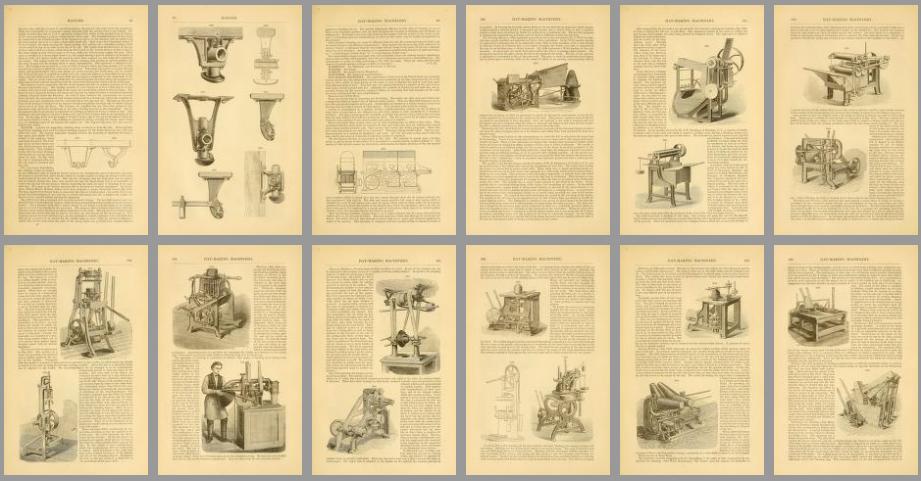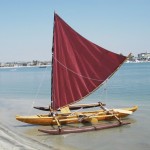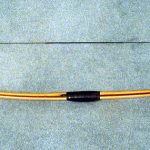“I know it’s utter heresy even to hint at this, but I’d like to suggest that science, like logic before it, has gotten pretty close to its natural limits as a method of knowledge. In Darwin’s time, a century and a half ago, it was still possible to make worldshaking scientific discoveries with equipment that would be considered hopelessly inadequate for a middle school classroom nowadays; there was still a lot of low hanging fruit to be picked off the tree of knowledge. At this point, by contrast, the next round of experimental advances in particle physics depends on the Large Hadron Collider, a European project with an estimated total price tag around $5.5 billion. Many other branches of science have reached the point at which very small advances in knowledge are being made with very large investments of money, labor, and computing power. Doubtless there will still be surprises in store, but revolutionary discoveries are very few and far between these days”. A quote from John Michael Greer.
The Agricultural Building and Equipment Plan List: over 300 Free Plans
“The University of Tennessee Extension maintains a collection of over 300 building and equipment plans, and all are now available in electronic format for download. The plans are primarily intended for use in Tennessee, but many are appropriate for other locations as well.
The plans came from many sources. Some were developed in The University of Tennessee Extension Biosystems Engineering and Soil Science Department, but most were developed in a cooperative effort with the United States Department of Agriculture and the Cooperative Farm Building Plan Exchange. The Plan Exchange no longer exists, but the plans remain on file and are available.”
Via The Survivalist Blog.
The Junk Blue Book: Indigenous Fishing and Cargo Craft
“The Junk Blue Book of 1962 is a detailed catalog of the indigenous boats of what was then South Vietnam, during a period when most such vessels were still powered by sail. It was a manual put together by the US Dept. of Defense early in the involvement in the war in Vietnam. It was used as a guide to identify coastwise marine traffic involved in smuggling supplies and personnel south into the Republic of Vietnam from then North Vietnam. Although its production was driven by perceived military necessity it is a unique chronicle of the indigenous fishing and cargo craft of the mid and southern Vietnamese coasts.”
The book is in the public domain and can be found on scribd. A pdf-version is available on a dedicated site. Via Indigenous boats. See also: the wooden work boats of Indochina.
Movable Shading Structures
A house can be cooled in two ways. You can try to get rid of the incoming solar heat using air conditioning. Or you can try to prevent the sun from entering the house. The last option can be achieved by movable shading structures. The French house on the picture was built in 2009 by Karawitz Architecture.
Its shuttered bamboo skin can be used to keep the sun out in summer. The shutters can be opened in winter, exposing the large south-facing windows. The house, which stands in Bessancourt (not far from Paris), has no active heating or cooling system. Info + pictures. Via Build it solar. Thanks to Paul Nash.
Related: Window orientation and shading.
Censors of Knowledge
“This archive contains 18,592 scientific publications totaling 33GiB, all from Philosophical Transactions of the Royal Society and which should be available to everyone at no cost, but most have previously only been made available at high prices through paywall gatekeepers like JSTOR. Limited access to the documents here is typically sold for $19 USD per article, though some of the older ones are available as cheaply as $8. Purchasing access to this collection one article at a time would cost hundreds of thousands of dollars.”
Whether or not you are interested in the publications, the accompanying manifest written by Greg Maxwell deserves to be read. Find a summary below. Original manifest + download here. Via Edwin Mijnsbergen.
Appletons’ Cyclopaedia of Applied Mechanics: a Dictionary of Mechanical Engineering and the Mechanical Arts
“Appletons’ cyclopaedia of applied mechanics: a dictionary of mechanical engineering and the mechanical arts (1880): Volume I – Volume II” is another great resource on 19th century technology. Via Tecob. Previously:
- “Modern mechanism; exhibiting the latest progress in machines, motors, and the transmission of power“, Benjamin Park (1892)
- “Les merveilles de l’industrie, ou description des principales industries modernes“, Louis Figuier (1873-1877)
- “Dictionary of arts, manufactures, and mines containing a clear exposition of their principles and practice“, Andrew Ure (1875)
